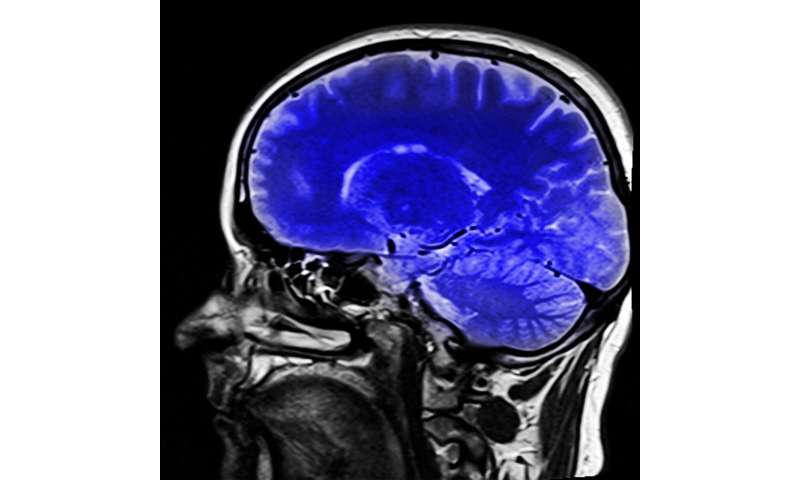Brain imaging expertise supports new discoveries on decision-making process

Research carried out by a University academic has shed new light on the fundamentals of how, and why, we make the decisions we do.
In two separate studies, UKRI Future Leader Fellow and Lecturer in Psychology, Dr. Elsa Fouragnan has used her expertise in functional magnetic resonance imaging (fMRI) and computational analysis to discover exactly what happens in the brains of human and non-human primates when certain kinds of decisions are made in different contexts. Both pieces of work were carried out in collaboration with researchers at the University of Oxford’s Department of Experimental Psychology.
The first, published in Nature Communications, explores how and where the brain encodes a memory of the general reward rate in an environment, what the team describes as the ‘richness’ of the context in which decisions are made.
The decisions we make are influenced by the context in which they take place, and our perceptions of their outcomes are also seen through the same lens.
Dr. Fouragnan explained:
“To give a simple example, in a context where punishment is regularly experienced, if nothing happens that might be seen as a good thing. On the other hand, in a context where normally many good things occur, nothing happening would be viewed as negative. This richness of context we named the global reward state of an environment, and in this study we identified where in the brain this global reward signal is encoded.”
In the research, the team found that the global reward state had a striking impact on behavior. Subjects were more likely to repeat rewarded choices in environments with high global reward state, and to abandon poor choices more readily when encountered in low global reward states.
They were also able to identify the areas of the brain—the anterior agranular insular cortex and the dorsal raphe nucleus—where activity was associated with decision-making being influenced by the global reward state.
The second paper, published this week in Nature Human Behavior, explored how decisions are made when we are faced with uncertainty about choices that could lead to different outcomes. It focused on the exploration/exploitation dilemma: the choice between exploiting a familiar option with known value, and exploring an option with uncertain value, but which might turn out to be better. Do you just go for what you know, or do you decide to try something you’ve never had before?
Again using fMRI and computational modeling, the study found that another key area of the brain involved in decision-making, the ventromedial prefrontal cortex, not only played a role in calculating the values of the options being considered, but also displayed different activity depending on whether the subject was in explorative or exploitative mode. This showed, according to the researchers, that this part of the brain has a unique role in representing the beliefs that guide choices.
Dr. Fouragnan added:
Source: Read Full Article
